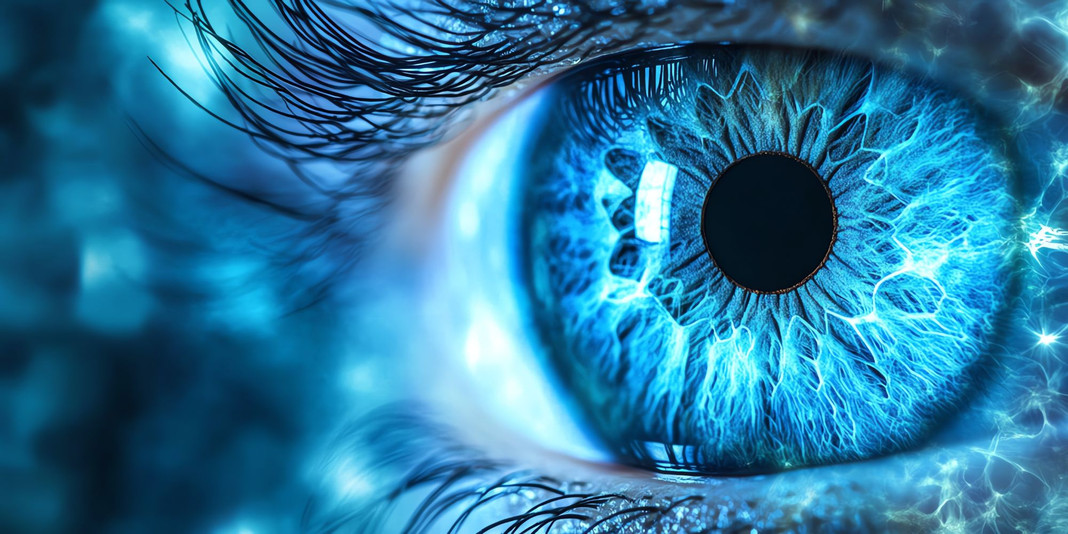
Cataracts – Causes, Treatment, and Natural Eye Health Support
What Is a Cataract?
A cataract occurs when the normally clear lens inside the eye becomes cloudy, affecting how light passes through to the retina. As a result, vision becomes blurred or hazy. Most cataracts develop gradually with age, often going unnoticed until a routine eye test picks them up. Cataracts are, in fact, the most common cause of treatable blindness worldwide, but they can be effectively corrected with surgery.
How Can You Tell If You Might Have a Cataract?
Because cataracts develop slowly, symptoms may not be obvious at first. Common signs include:
- Blurred or misty vision
- Difficulty seeing clearly at night
- Sensitivity to bright lights or glare (especially from car headlights)
- Seeing “halos” around lights
- Frequent changes to your glasses prescription
If you’re experiencing any of these symptoms, it’s best to book an appointment with your local Optometrist for a full assessment.
Getting a Diagnosis
Your Optometrist can detect cataracts easily during an eye examination. They will test your vision and use a special microscope to assess the clarity of your lens. If cataracts are present, they may refer you to an ophthalmic surgeon for further evaluation.
Cataract Treatment Options
At present, surgery is the only way to remove cataracts. The operation is quick, safe, and highly successful — usually taking under 15 minutes per eye. Both eyes can often be treated on the same day.
Risks and Recovery
Cataract surgery is considered very low-risk, with serious complications occurring in fewer than 1 in 1,000 cases. Most patients notice improved vision within a few days and can usually return to work and drive soon after. Mild discomfort, glare, or dryness can occur initially, but these symptoms typically settle quickly. After surgery, you’ll be advised to avoid rubbing your eyes and to wear sunglasses for comfort while healing.
Can Cataracts Come Back?
Once a cataract is removed, it cannot return. However, about one in ten people may later develop slight “misting” of the lens capsule that holds the implant. This is easily treated with a simple YAG laser procedure, which restores clear vision within minutes.
Nutritional Support for Eye Health
While surgery is the only treatment for cataracts, nutrition plays a vital role in protecting eye health and supporting vision as we age before and after surgery. Supporting eye health through targeted supplementation provides nutrients that may be difficult to obtain in sufficient amounts from diet alone, particularly as we age. Evidence suggests that maintaining good levels of antioxidants, carotenoids, and omega-3 fatty acids can help protect the eyes from everyday oxidative stress and support long-term visual function.
Carnosine
The amino acid Carnosine is thought to help prevent the formation of advanced glycation end products (AGEs) – compounds that arise from sugar metabolism and can damage proteins within the eyes. Carnosine acts as a powerful antioxidant, helping to protect delicate eye tissue from oxidative stress. Life Extension Carnosine provides 500mg of L-carnosine per capsule, offering a convenient way to include this naturally occurring compound in your daily routine.
Cataracts are a natural part of ageing for many people, but modern surgery makes their removal straightforward and life-changing. Supporting your eyes through good nutrition, protective habits, and targeted supplements can help maintain clear vision and reduce the risk of age-related eye changes in the future.


